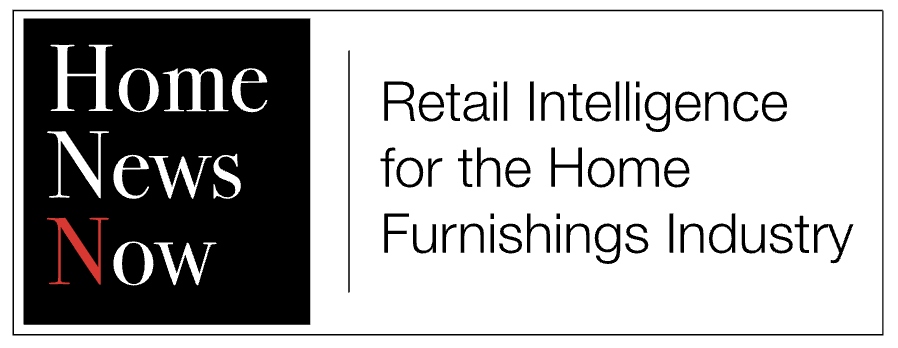Let’s call a spade a spade … or, in this case, a tariff a tariff. To say that President Trump’s seemingly ever-changing tariff mandates have the industry in a tailspin is probably a major understatement.
At market, I spoke to lots of suppliers and retailers who all told me that not knowing what final tariff rates may be is making life miserable.
Recently, I found a statement from Ashley Furniture on its website that addresses this issue. It is called the Ashley Tariff Assurance and you can read the company’s comments here.
Essentially, Ashley promises customers that despite the potential changes that tariffs could bring, the company assures them that there will be no hidden fees or compromise on quality or style as a result.
Hats off to Ashley for acknowledging the issue. However, despite those reassuring words, whack-a-mole tariffs are posing serious challenges to suppliers attempting to establish stable price lists for their goods.
So, rather than curse the darkness (or in this case tariff rates), I’ve attempted to come up with what I hope are practical initiatives suppliers may consider in order to have more predictability and resilience as they put together their pricing sheets.
Use Flexible Pricing Models
Instead of fixed-cost lists, offer:
- Tariff-adjustable pricing: Include clauses in contracts that allow prices to be adjusted based on changes in tariff rates. This keeps buyers informed and prepared for changes.
- Short-term pricing: Provide quotes that are valid for shorter periods (30-60 days), which helps you stay aligned with tariff changes.
Hedge Risk with Financial Instruments
Larger suppliers can explore:
- Currency and tariff hedging via futures or options contracts. These can mitigate sudden increases in costs due to tariff hikes.
- Insurance on international trade risk, though this is less common and often expensive.
3. Diversify Supply Chains
- Source from multiple countries to reduce dependency on any single region affected by tariffs.
- For example, shift part of production or sourcing from China to Vietnam, Indonesia or Mexico, depending on product categories and comparative advantages.
4. Stock Strategically
- Front-load inventory: When there’s speculation of a tariff increase, import more goods before the change takes effect.
- Warehouse capacity: Invest in or partner with flexible warehousing to handle larger inventory volumes during such periods.
5. Maintain a Dynamic Cost Model
- Use real-time or near-real-time cost-tracking software to:
- Account for tariff changes.
- Adjust margins based on the landed cost of goods.
- Many Enterprise Resource Planning systems support this, integrating supply chain, customs and tariff data.
6. Transparent Customer Communication
- Keep clients informed about tariff exposure and potential price changes.
- Some furniture suppliers publish a “Tariff Surcharge Index” or monthly update showing how pricing is being impacted.
7. Lobby and Collaborate with Trade Groups
- Support trade associations (like the American Home Furnishings Alliance) to get insights, influence policy and access legal advice on tariff navigation.
My best advice at the end of the day is to develop the capabilities to move with that moving target.
By developing agile sourcing, proactive inventory management, contractual safeguards and dynamic pricing systems, suppliers can overcome tariff volatility while maintaining competitiveness and, as Ashley promises consumers, maintaining customer trust.

 by
by 



Ray
These are excellent ideas you listed. They can only help our industry if the majority of wholesalers follow them. I’m still worried that the consumer will just come to a complete buying halt and not just furniture, but everything in between. Trump will need to stop the tariffs completely before the consumer feels comfortable that they can afford to buy again. However that would take a miracle because I don’t see it happening.